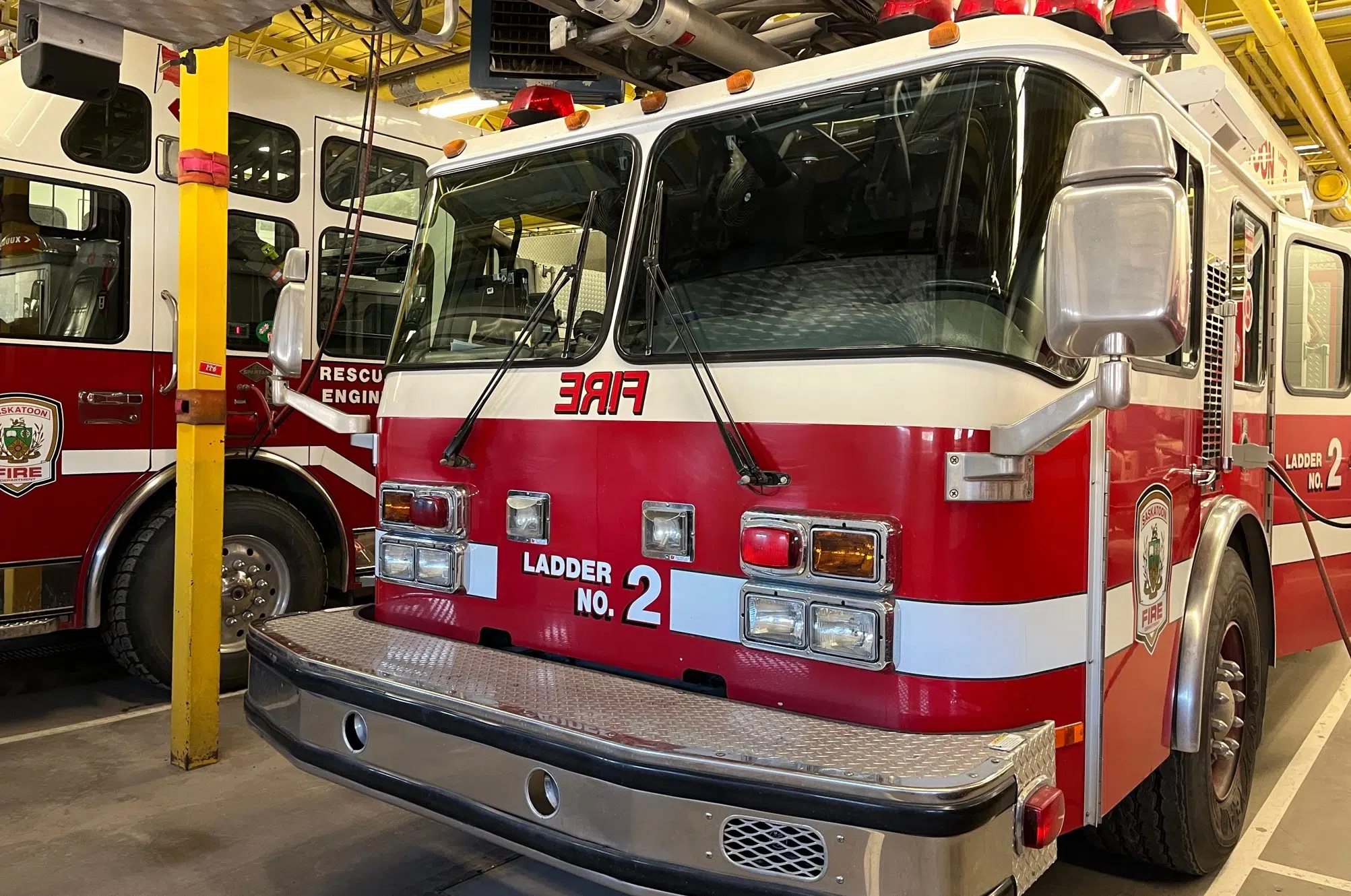Saskatchewan firefighters are faced with the unique challenge of battling through both extreme cold and heat.
With the “Siberian Express” currently hovering over Saskatchewan, Rob Hogan — deputy fire chief with the Saskatoon Fire Department — said the department tells crews to use extra caution in extreme weather conditions.
Firefighting is already a tough and dangerous occupation, Hogan said, but the cold creates another challenge.
“(You’re) coming out of a very warm environment and you have a few minutes of reprieve until the cold really starts to set in. When you add water to the mix, it becomes just that more difficult,” he said.
The equipment can withstand the cold relatively well, according to Hogan, but the firefighters’ self-contained breathing apparatus bottles that contain compressed air can freeze up.
He adds crews can also be faced with safety concerns such as frostbite and freezing gear.
“When you start adding water, everything starts to get slippery (and) ice forms,” he said.
Fire trucks have heaters for pumps to keep them from freezing, and Hogan said crews do their best to keep the trucks in a warm, heated environment.
“Usually after about 45 minutes to an hour, we try to get the apparatus off scene, unless we’re using them to pump at a fire,” he said. “They’re good in the cold for a while but they tend to freeze up like any vehicle.”
Deputy fire chief Rob Hogan with the Saskatoon Fire Department shows us some of the gear firefighters use in icy conditions pic.twitter.com/wJnWfmi3KX
— 650 CKOM (@CKOMNews) January 30, 2023
When it comes to keeping firefighters safe in the bitter cold, Hogan said the department rotates crews more often to keep everyone warm.
He notes firefighters also use the same gear year-round, but in cold weather, staff are provided with two full sets. That includes mitts and hoods to keep them dry, as well as spiked cleat-like attachments for their footwear.
Hogan added when temperatures get extremely low, medical calls tend to go down, but he said calls related to alarm systems tend to rise.







